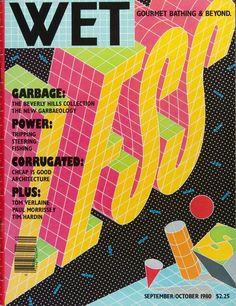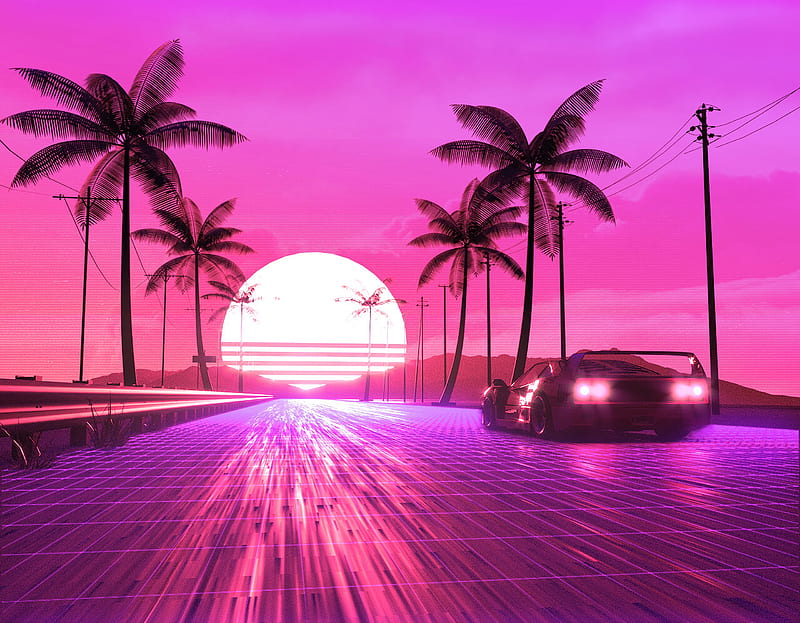80s Design is Alive, Well, and Living in 2019” by Nadja Sayej, published in PRINT, March 6, 2019
Prompts
- How or where are the principles of “collage” and “mixed media” used today?
- In what ways do we see the 80’s aesthetic / ideologies in more of the recent “cyberculture, vaporware, or glitch art” trends?
- How was self-publishing in the Postmodern-era (“the use of the photocopies/zines became an alternative voice for communities who were not well represented in mainstream media”) similar to the use of today’s technologies?
- Find 1 example of work from a postmodern graphic designer from the 1980s and 1 example of work from a contemporary graphic designer from the last five years. Deconstruct the works and explain which visual and/or ideological elements are associated with the Postmodernism of the 1980s and why.
Response
From my own experience, mixed media is seen more often in contemporary art due to its direct relationship with technology, I haven’t seen much collage art. However, both are still present in the contemporary art world in various ways, be it through illustrations, graphic design, photography, physical art, etc. But due to technological advances, mixed media is more famous and used.
Taking into account the social and artistic impact that the style of the 80s left. I feel that the way cyberculture, vaporwave, and glitch art have resurfaced this style with its original touch but keeping its essence is in the form of respect. You can see the great artistic attraction that these styles want to reflect from the 80s.
Just like today, technology helps us to make ourselves known and express what we are or feel. Self-publishing, through photocopies of zines, was a way to express personal thoughts, express emotions, social conflict, whatever it takes. In the absence of ‘technology’, they found that the use of collages was the most creative and powerful way to send messages to the whole society.
This cover of Wet magazine from 1980 shows us how complex posters were at that time. We can see the use of bright colors, a wide color palette, and details everywhere that make us look at the piece again and again in case we ask for something. I think the message is very difficult to decipher, but it invites us to learn about its history and reason for being.

In this example of cyberculture, we can observe the influence of the 80s. The vibrant colors like neon, the surreal design, the use of palm trees that culturally reminds us of the 80s, the infinite details, and the geometric shapes used.





Leave a Reply